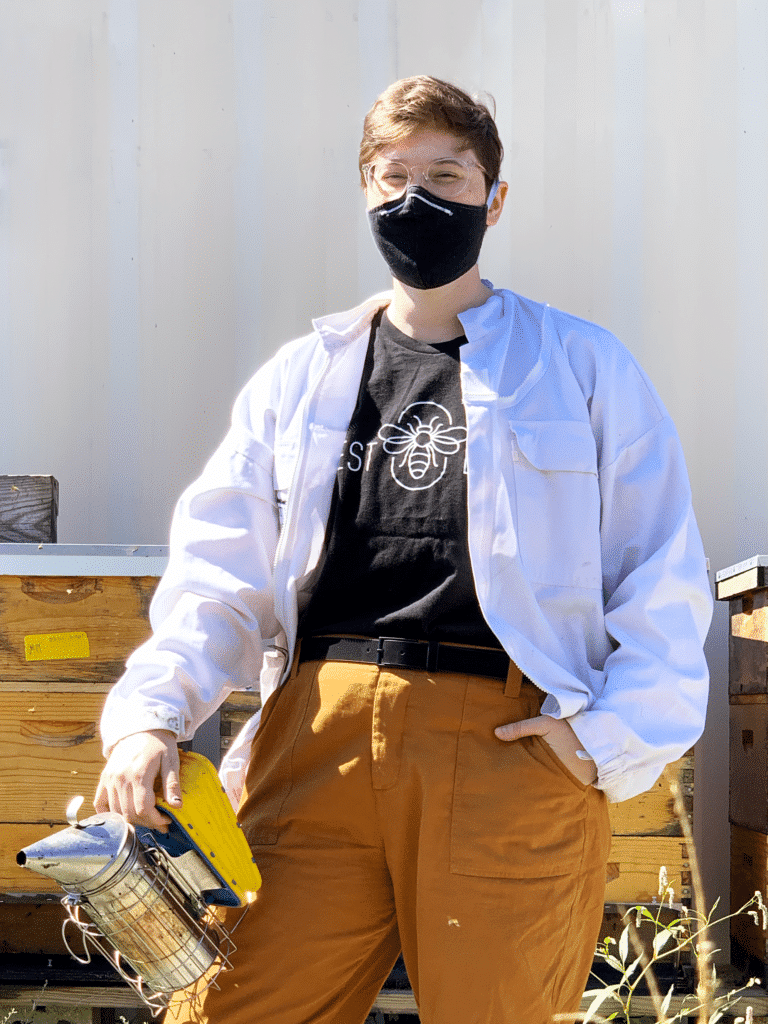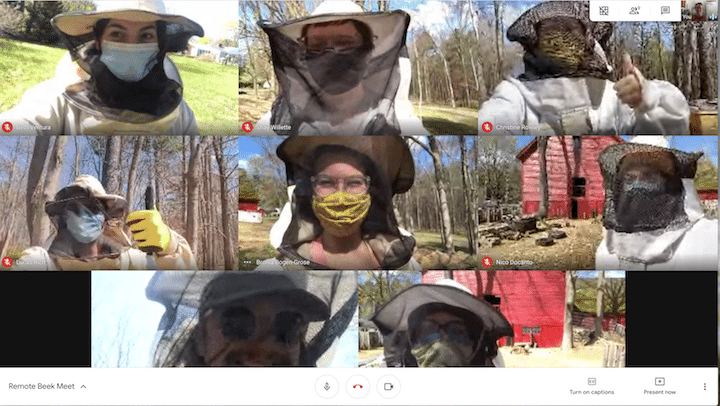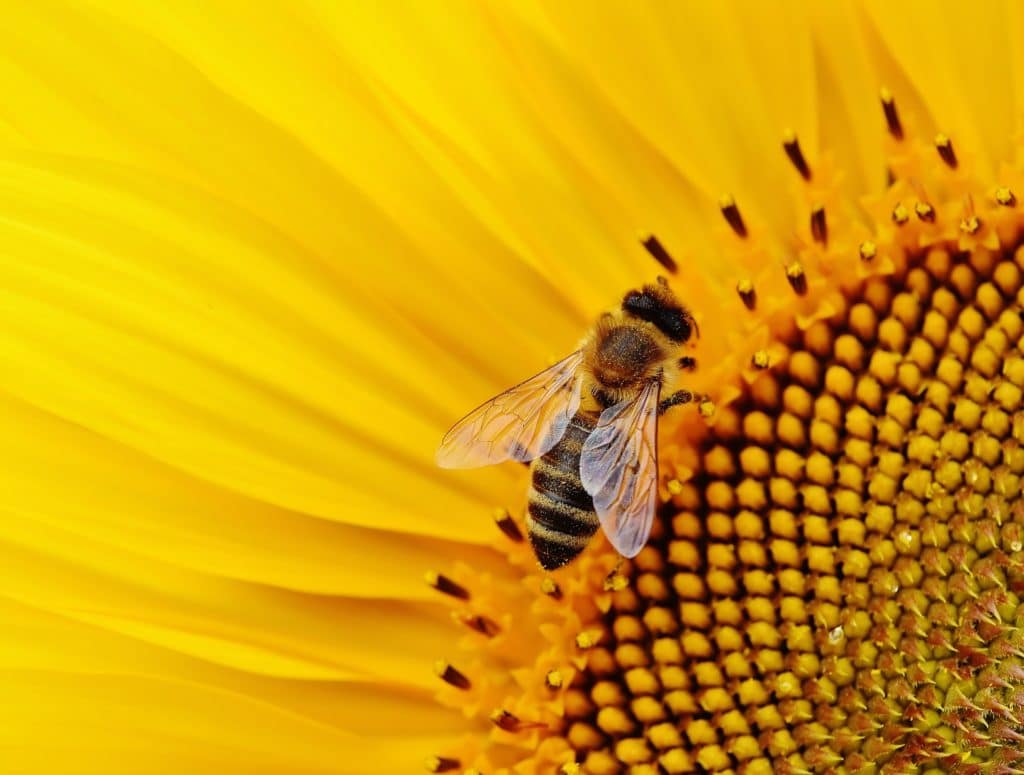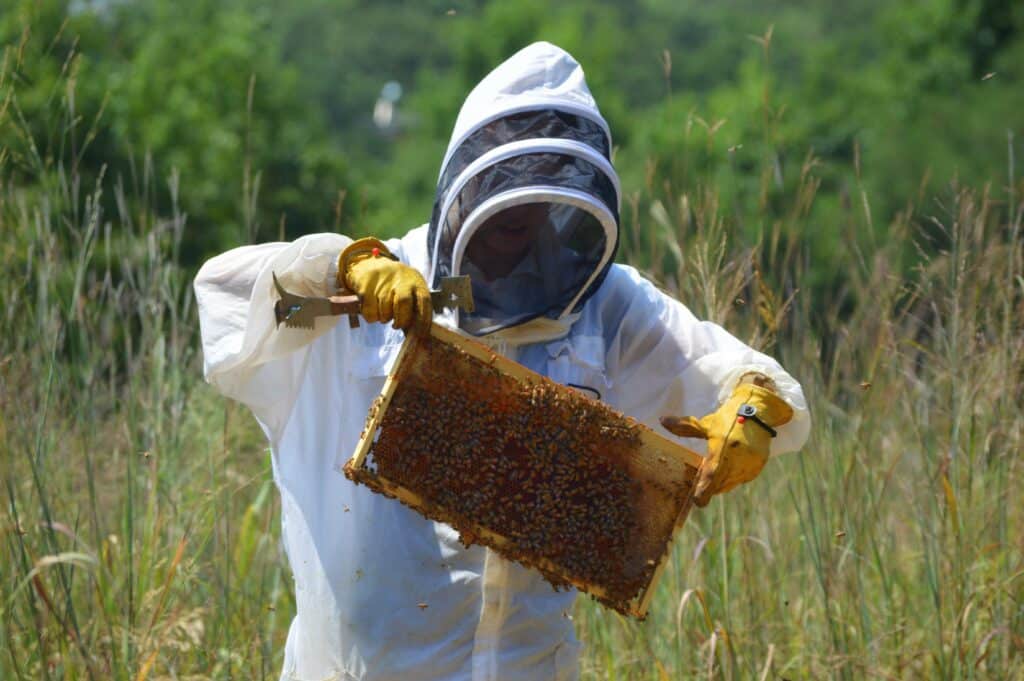Despite a global pandemic, wildfires, hurricanes, and our first arrival of murder hornets in the US, 2020 has been a remarkable beekeeping season for us at The Best Bees Company.
This year we’ve successfully installed 250 new queens, tended over 80 million bees, expanded into Houston and Philadelphia, and opened a new operations facility in New York City. Our growth even put us on the Inc. 5000 list of fastest-growing privately held companies in America.
We’re so grateful for our clients and partners’ support during uncertain and difficult times. This productive year would not have been possible without you.
Bees and Beekeepers are Essential Workers too!
We all know that bees are essential—and thus the work of a beekeeper is also considered essential. To maintain responsible beekeeping practices during the pandemic, we’ve adapted new COVID protocols per CDC guidelines to keep you and our employees safe. We implemented social-distancing practices and continued to maintain healthy hives including reducing apiary routes that required 2 beekeepers were reduced to 1 per van.
We could not be more proud of our team. Despite all of the challenges thrown their way, our beekeepers persisted. While preparing for client visits, some even offered to bring groceries to those in need during the travel bans and shutdowns.

Redefining a New Normal at Work
While all of our in-person activities changed, our staff were flexible and learned to become tech savvy. Team huddles moved to Zoom instead of face-to-face meetings.
We cross-trained beekeepers on digital tasks such as blogging, social media, and research to ensure they sustained enough hours to account for liveable wages during a time many people and businesses lost their jobs. We embraced Agile productivity methods that have substantially improved our ability to collaborate and respond to the newly digital and dynamic business environments.
It wasn’t just the beekeepers that needed to switch up what a typical work day looked like. We decided to launch a webinar series in order to stay in touch with our partners, clients, and beekeeping community. A recap of our discussions on bringing bees to work, connecting with nature through bees, and NASA’s data on thriving pollinator habitats are below:
- Beehives and Business: Why Sustainability Leaders are Bringing Bees to Work
- BEEHIVES: Forging a strong connection between commercial properties and a healthy human habitat
- Big Data, Little Bees: How NASA data reveals where pollinators thrive and why
If you have a topic or something you’d like discussed on an upcoming webinar for 2021, we would love to hear from you.

Did You Say More HoneyDNA?
Have you ever wondered where your bees go every day and what plants they forage? We capture all of this information in our HoneyDNA reports. As of 2020, we have gathered 49 DNA reports, revealing thousands of plants and even a few, 11 brand new species!
With more honeyDNA reports than ever before, we’re able to gain a deeper insight into the diet of beehives nationwide and plant accordingly. One of the things we’re working hard at for 2021 is visually highlighting beehive health with the data collected in an interactive map project. This will revolutionize the way we correlate between the plants feeding the bees and the health of the hives.
HoneyDNA can and does impact climate change. Stay tuned for HoneyDNA results before and after the California wildfires. HoneyDNA is already leading the way in informing regenerative efforts that have taken place in Puerto Rico.

Celebrating the End of Bee Season
The creation of our new logo was a pivotal point of reflection for us this year. It not only served as a brand refresh, but as a way of defining what we’re looking forward to. It shows how far we’ve come and the countless possibilities the future holds.
We accomplished so much this season and we could not have been done without you. We’re looking forward to 2021 and what’s in store for all of us in the bee community and other agricultural fields. Together, we’ll be able to see how bee data and analysis can transform our culture as we move to a greener future.






